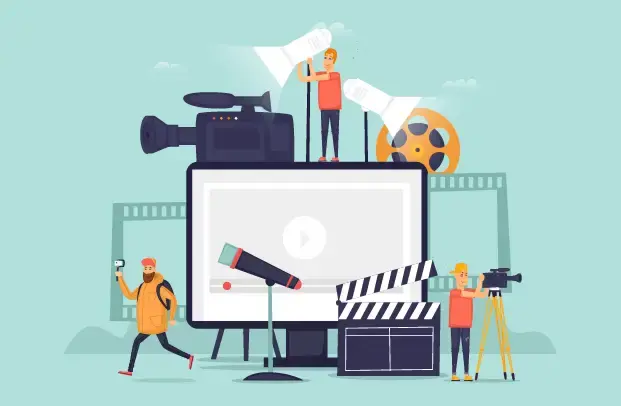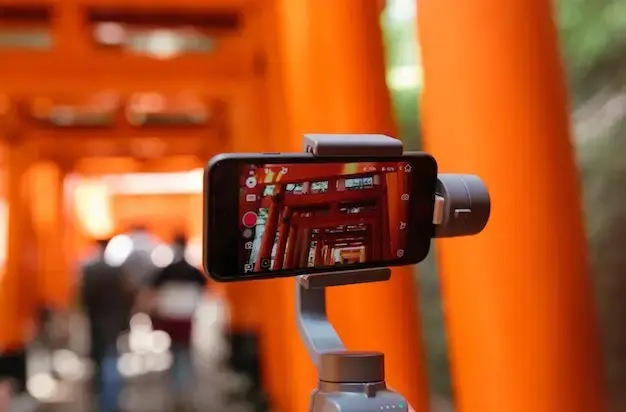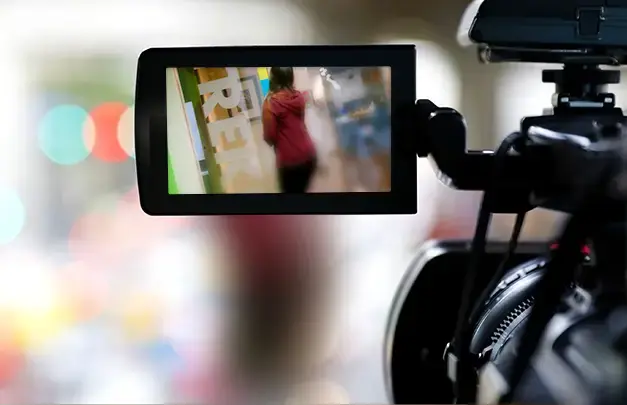Video content can be a powerful tool for B2B companies to communicate and connect with their target ...
BLOG
Insights
Videos can be an excellent marketing tool to increase your brand recognition and better communicate ...
I recently participated in HubSpot’s two-month Sales Pipeline Bootcamp with Dan Tyre. HubSpot has a ...
The year is coming to a close and the 2020 marketing predictions are flowing like New Year’s Eve cha...
Professional video production is great when you’ve got the budget, and it’s always important to matc...
So you want to make a video. You’ve heard it’s a good way to help people connect with your brand, an...






